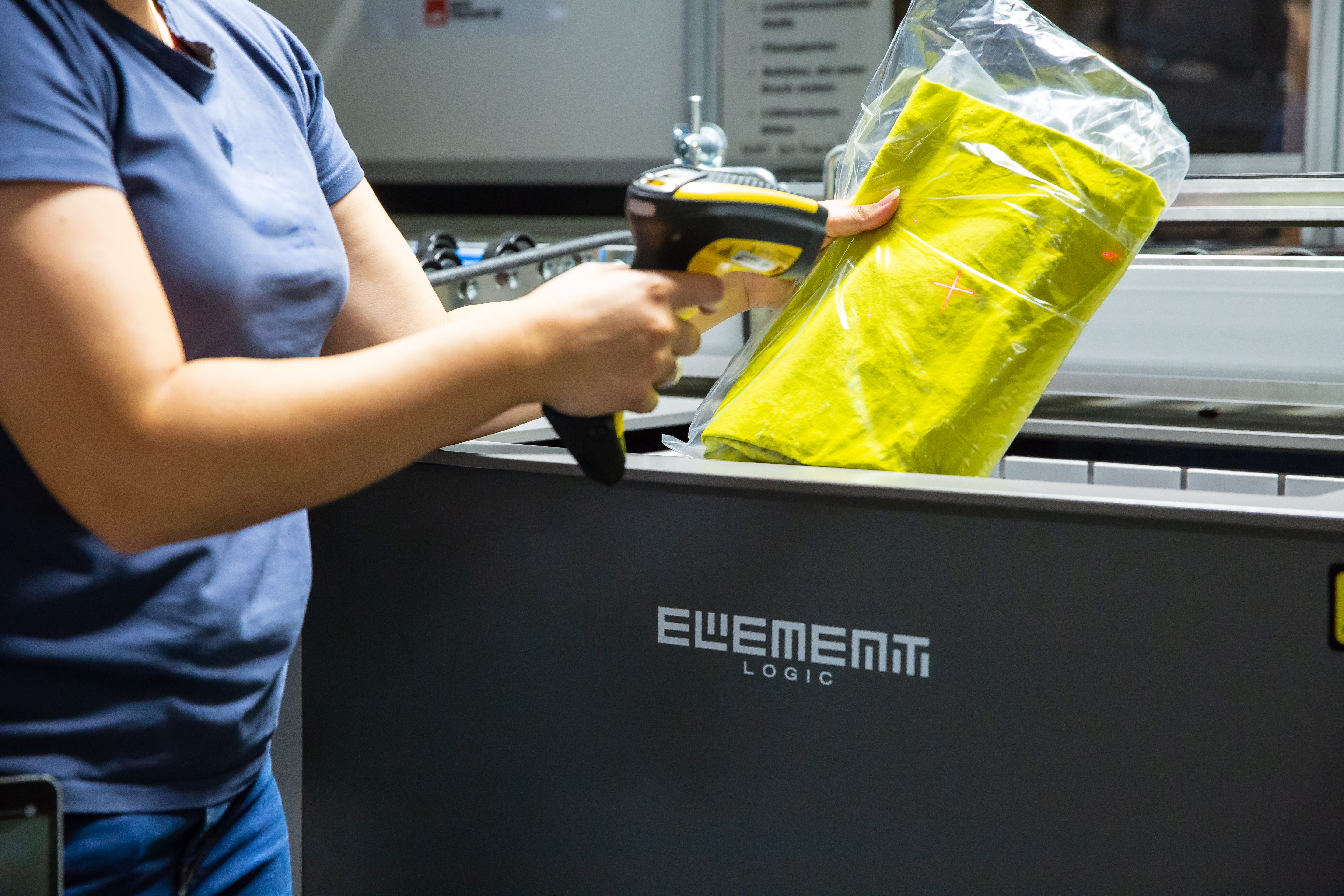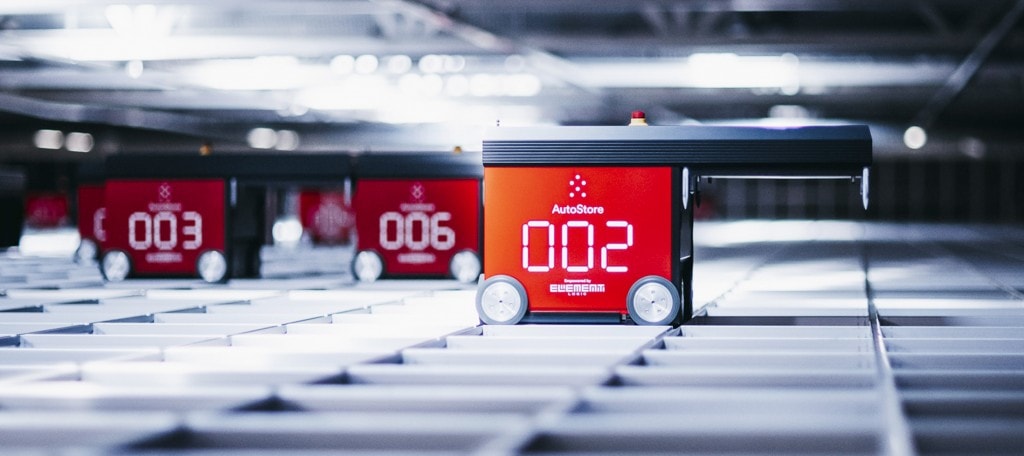
Moreover, the acute shortage of manual labor has made companies realize that embracing new technologies is the way forward to drive efficiencies in the warehouse and improve the customer journey. To meet both consumer demands and changing business needs, market players must continue to be flexible, scalable, and informed about trends shaping intralogistics.
Here are some of the trends that we believe will play an essential role in how the industry will evolve in 2022 and beyond.
eGrocery
While this had been an emerging trend for a while, the pandemic made it accelerate for real. Today, eGrocery is firmly entrenched, and the challenge for retailers is to build a sustainable infrastructure that aligns with consumer demands. This comprises an intuitive online platform combined with excellent quality, competitive pricing, and fast and reliable deliveries.
The need for sustainable infrastructure emerges once companies begin shipping groceries directly to the consumer. If it’s not done smartly, it can be costly and even unprofitable for the grocer. However, companies can achieve a sustainable and profitable infrastructure by automating their warehouse operations.
Fortunately, automated intralogistics solutions – which provide speed and inventory control to win over consumers – are readily available. The following example illustrates how not relying on manual order picking can eliminate picking errors while massively speeding up the process.
Swedish eGrocer, Matsmart, which sells surplus food at a discounted rate, is one of the fastest-growing companies in the Nordics. By 2021, it had maxed out its manual labor and space capacity. It invested in an automated solution that offered three times more capacity and even more space to grow. The 149 AutoStore robots can pick an estimated 6,000 items from 88,000 storage bins per hour.

Automation as a Service
Not all companies can afford or want to invest in an automated intralogistics solution before they’re sure it can meet their needs profitably. An emerging trend that accommodates this desire is automation as a service (AaaS). With AaaS, young companies will be able to access automation at a much earlier stage of their development and free up funds to facilitate rapid, sustainable growth.
Subscription-based models – where the costs are spread evenly throughout the year compared to a sizeable first-time investment – are a common trend across several industries. While the solution would still be built according to the customer’s needs, the system integrator owns the solution and the equipment.
Because a solution like AutoStore is modular and flexible, it’s an ideal fit for AaaS. It can fit into any space and is easy to scale when necessary and can quickly be taken down and rebuilt in another warehouse if a customer ends the subscription.
However, AaaS would most likely be temporary since renting an automated warehouse solution will be more expensive in the long term than owning it.
Want to know more about the emerging trends shaping intralogistics? Download our whitepaper today.
Find out more and download our whitepaper
